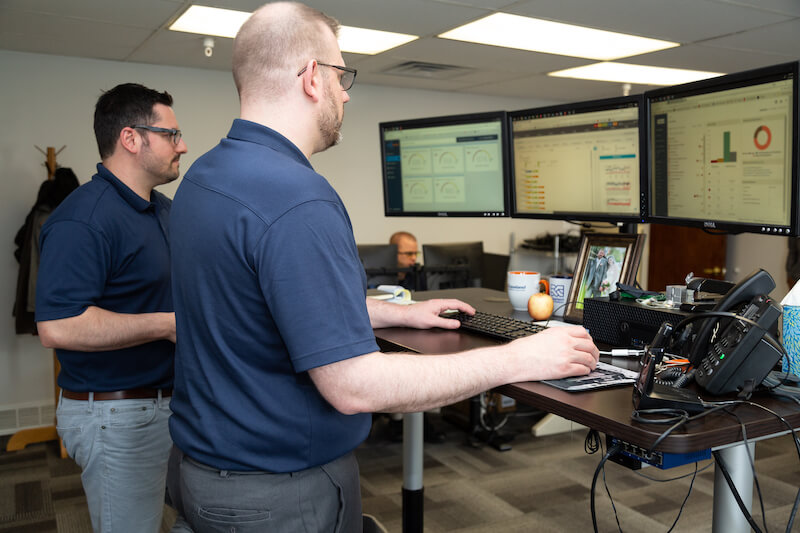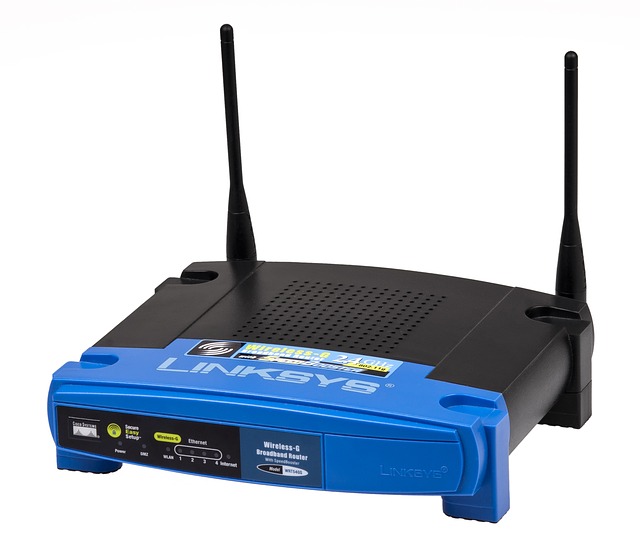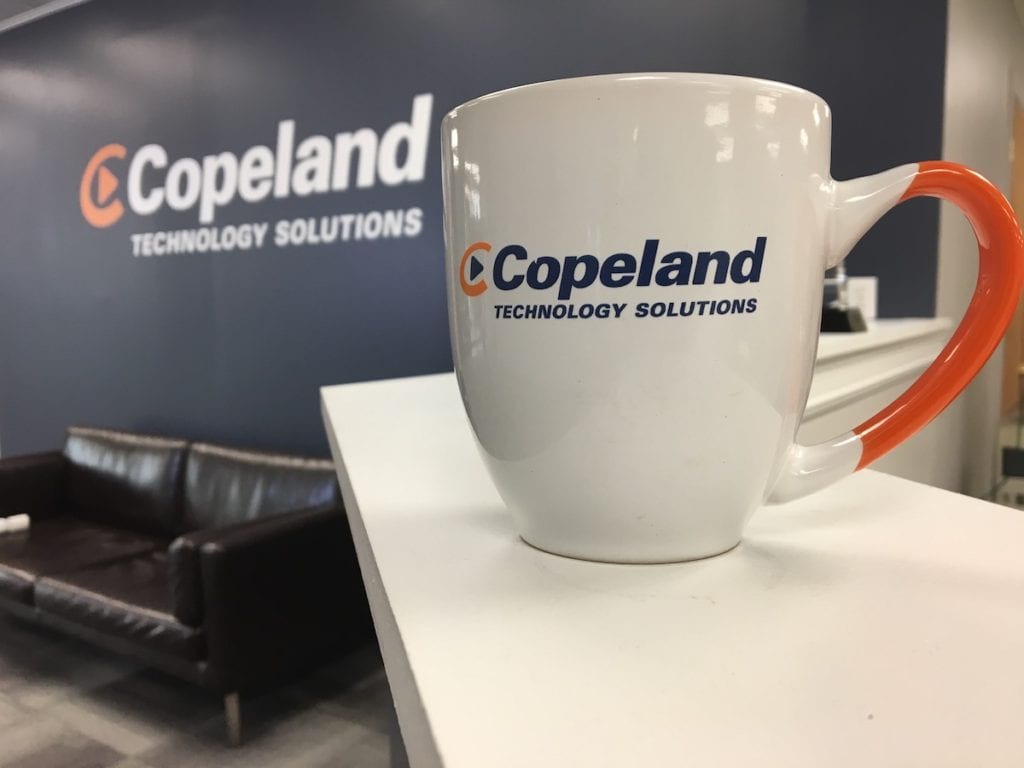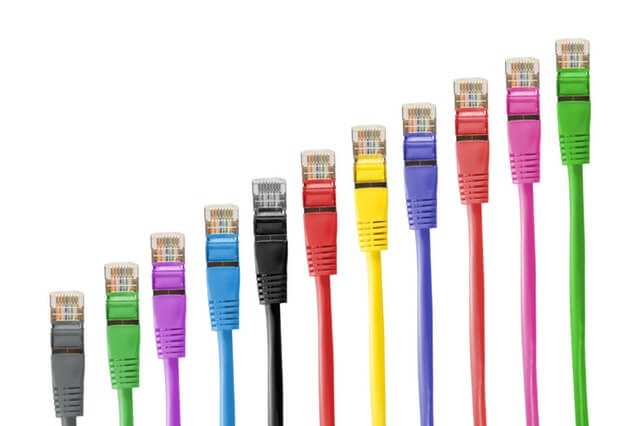Infrastructure Management

When you outsource infrastructure management to a managed services provider, your team has the ability to focus on mission critical, revenue-generating tasks instead of IT troubleshooting.
By partnering with an experienced managed services provider, your business is empowered with optimally functioning systems and minimized risk of downtime and loss of productivity.
Powering your operation with a rock-solid IT infrastructure allows you to deliver a more robust offering to your customers and proceed with confidence in all endeavors.
Learned about Managed Services and Infrastructure Management

Benefits of Outsourcing the Management of your IT Infrastructure

The IT infrastructure encompasses everything related to the management and usability of data and information.
This includes both tangible and virtual components, including computers, servers, software, hardware, IT network, data centers, mobile and virtual functionality, cloud-based services, storage, backup, and recovery. It can also cover hiring, training, internal policies and processes, equipment testing, upgrades, and repairs.
In order to be effective, IT infrastructure must be aligned with the company mission, business goals, and overall strategy.
When well-utilized, IT infrastructure management …
- Increases business value by streamlining information
- Retrieves information and creates reports
- Provides mobile connectivity and all-around accessibility
- Proactively responds to information and innovation
- Enhances end-user experience
- Tracks asset life cycle
- Monitors the network capacity and energy consumption
- Provides security from malware, spyware, ransomware, and viruses
Outsourcing infrastructure management services to a dedicated, experienced team of IT professionals enables you to focus on maintaining and growing your business in the most cost-effective way.

The Importance of IT Maintenance and Infrastructure Management

IT infrastructure should be monitored and spot checked continuously throughout the year, and at least once per year your company should conduct a thorough review of the hardware, software, and firmware that you rely on each day.
Even though upgrading outdated equipment can be somewhat of a daunting task, if not expensive, the data proves that not doing so can be much more expensive.
Depending on how you look at it, upgrading your data center can be an expense, or an investment into mitigating risks and reducing opportunity costs (downtime, customer aggravation, tying up internal resources).
Plus, installing more efficient servers and computers help reduce operational and energy costs. You can also prevent downtime that could arise if older systems were to suddenly malfunction or quit on you altogether.
Upgrading to more recent technology can also make an impact internally since you’ll be running on the latest systems and leveraging efficiencies created by new software or processes.
In some cases, your prospects might value that you are working with the most up-to-date software and best-in-class data centers, which has helped more than a few companies win new business.
Now, a hardware refresh doesn’t need to include every piece of equipment in your office or server space.
Here are a few ideas of what to check for as you’re working through a data center maintenance plan.
Infrastructure Management Best Practices
Ensure Firmware is Up-to-Date
Firmware is a small piece of software that makes hardware do what it’s supposed to do. It acts as the link between the hardware and the operating system within the devices you use.
Firmware updates can be used to add functionality, fix bugs, and fine-tune the performance of a device. The updates are typically sent by the manufacturer or software developer, although it can sometimes be up to the end-user to find and install the firmware updates.
In your office, you’ll want to ensure firmware is updated on at least the following equipment:
- WiFi routers
- Printers
- Networking equipment
Units that are connected to the internet and your network are extremely important to keep updated, since the information that passes through these channels can be vulnerable to security breaches.
“All of your information is going to be passing through that router,” says Craig Young, a researcher with the digital security company Tripwire. “So if it’s compromised, it can really impact your privacy and the security of your devices.”
Keeping manufacturer information, log in details, and user manuals handy might be tedious, but it can save a lot of headaches in the future.
Replace Category 5 Cables with Category 6
Look out for any dated Category 5 cables.
Originally designed to handle data speeds of 10Mbps to 100Mbps, the Cat 5 cables are no longer suitable for large businesses networks, and as every year ticks by they will continue to grow obsolete.
Look into replacing these old connections with Category 6 cables. Cat 6 cables will provide a number of benefits for your system, including:
- More Speed – Cat 6 cables can support speeds up to 10 Gbps, which is hundreds of times faster than Cat 5.
- More Bandwidth – Cat 6 network cable supports bandwidth of up to 550 MHz and performs much better over long distances compared to Cat 5 cables, so you don’t have to worry so much about bandwidth limitations or issues by upgrading to Cat 6.
- Cat 6 is compatible with Cat 5 cables – New Cat 6 cables are backwards-compatible with Cat 5 cables and the installation means better bandwidth allotment.
- Prepared for the future – Your system won’t become obsolete after a transition to Cat 6 infrastructure because you will already have a future-proof cabling infrastructure implemented.
Refresh 1/5 of PCs Each Year
One helpful rule of thumb for refreshing your systems is the 1/5 rule for PCs:
- If you set a schedule to replace one out of every 5 computers each year, after a time, no part of your system will ever be older than 5 years old.
As the world get better and better at creating new, amazing technology, it ends up pushing the older, obsolete technology further and further behind.
For some equipment that has top-end hardware installed, a 6-year maximum age is acceptable, but the quality of the hardware should be assessed each year as you’re conducting your review.
Update Weak Passwords
It’s imperative that everyone in your organization is using strong passwords that are updated regularly.
Hackers don’t necessarily attack businesses – they attack individuals and can gain access to important company details.
It’s more important than ever because in the past, alphanumeric passwords of 8-10 characters were considered fairly strong, especially when capitalization or special characters were used. But today, it’s becoming easier to build extremely powerful and fast password cracking tools that can try tens of millions of possible password combinations per second.
Therefore, long, complex phrases and randomized combinations of letters, numbers, and special characters are highly encouraged in 2018.
Without a doubt, strong password practices – like randomized password generators, frequent updates, different passwords for different applications – can be bothersome, if not downright annoying for staff members.
The best way to encourage and enforce these password practices is to create a team-wide processes around the practice and to empower your team with a user-friendly password management tool.
Remove any 10/100 Switches, Replace with 1 Gigabit

Take the time to assess your network speed capabilities, and replace any slower 10/100 switches with more powerful 1 Gigabit switches.
10/100 switches are ethernet switches that detect the speed of the device on the other end. While 10/100 switches (ones that detect 10 Mbps or 100 Mbps) are suitable for one machine performing streaming and high-bandwidth activities, or multiple machines performing simple, low bandwidth activities.
For most workspaces, a 1 Gigabit switch is required so multiple workstations can perform high-bandwidth activities simultaneously.
Remove Unused Equipment
In addition to cleaning and dusting your server room, it’ll also be important this spring to look for unused equipment that you should detach from the network and/or physically remove from the space.
This helps maintain plenty of airflow and prevent overcrowding in your server room.
Old equipment that is not used but still attached to the network adds unneeded strain on your system during boot up and while in use.
These unused pieces of equipment could also be vulnerable to attack if they are linked to the network but not updated and utilized on a daily basis.
The Costs of Outdated Equipment

Dated systems (usually workstations and servers that are five years old or greater) actually cost more to keep online than a suitable replacement for those same systems. The reason for this comes back to a few factors, all related to the “support” of a system. Support costs and the time required to bring the dated system back to a better state is expanded for the following reasons:
- Older systems have older hardware, which also means that the failure rate for this hardware is increased over time. These systems tend to be slower as well causing performance issues.
- Older systems (hardware or software) are no longer supported. This means security patches, drivers and bug fixes are no longer released.
- Software may stop working altogether. For example, Microsoft stopped supporting Outlook 2007 due to security and one day users that had this program could no longer get their email.
- We typically see older PCs attached to manufacturing equipment or other equipment. These are typically not backed up and when these go down, so do your operations
In summary, it is critical that you purchase good quality equipment that can last five years and that you do a 1/5 refresh of all your equipment each year. It is also critical to ensure all software that your organization requires is supported and has a backup/recovery plan. Keeping these systems running because they “just work” is no longer cost effective and is putting your business at risk.

Infrastructure Management with Copeland
Managed IT Services

Copeland’s infrastructure management services monitor the real-time status of all running hardware and software on your company’s network to ensure consistent, smooth performance – every time. We maintain behind-the-scenes operations that support daily productivity, such as internet, email, and data accessibility.
Out knowledgeable IT professionals are able to identify potential issues before they cause disruptive outages and performance problems. If one system fails, the infrastructure automatically creates support tickets and assigns them to the IT help desk, limiting any interruption to your business operations.
With our infrastructure monitoring services, we can help you avoid costly and time-consuming situations.
- Server hard drives are configured to keep running if one fails. However, if left unchecked and a second fails, all data is lost. Our solution ensures a drive is replaced in a timely fashion after the first sign of failure or degradation.
- Running out of space on a device can lead to catastrophic downtime. Sensors spot drives filling up with space and create tickets to ensure the system doesn’t run out of available space.
- Historical performance data can point out resource limitations that could be affecting your business application performance.
- Connectivity to remote offices is crucial. Sensors can detect drops in internet connectivity or failures in point-to-point connections.
Don’t wait until your company’s network fails before implementing IT infrastructure management. Get dependable monitoring services in place before something catastrophic happens to your company’s mission.


